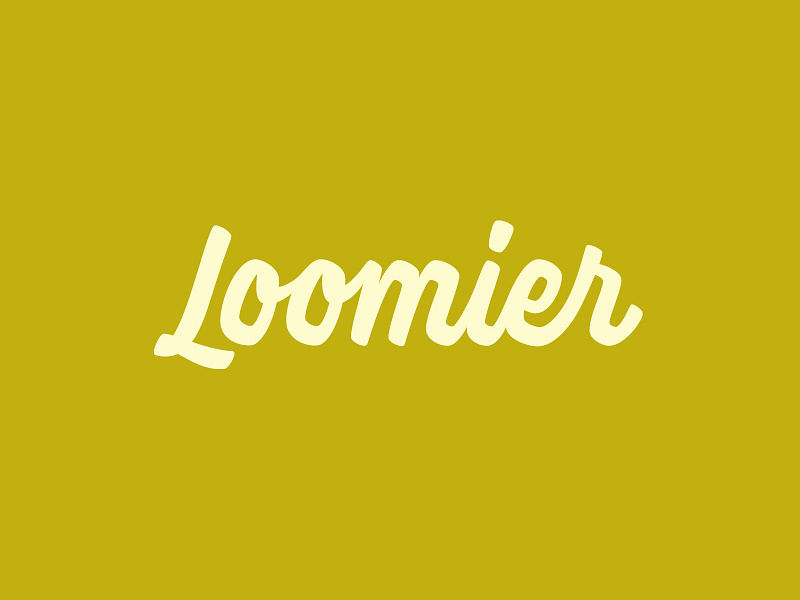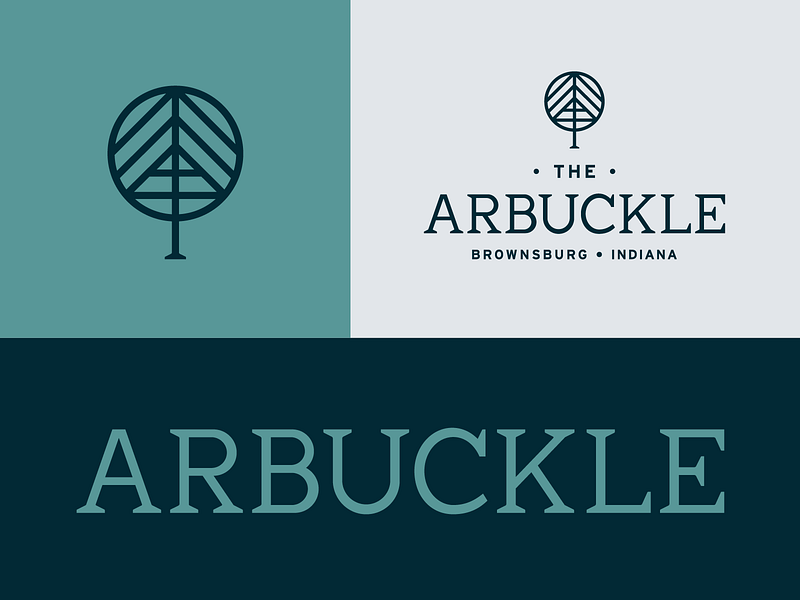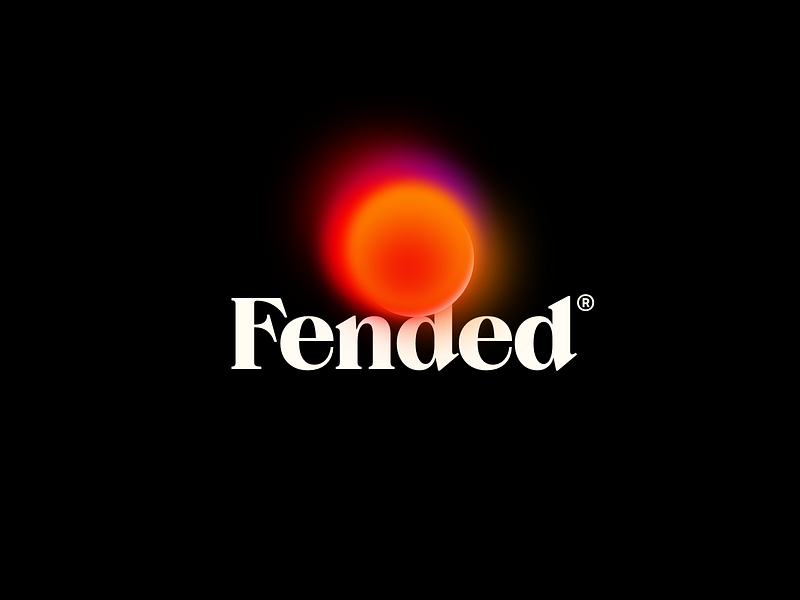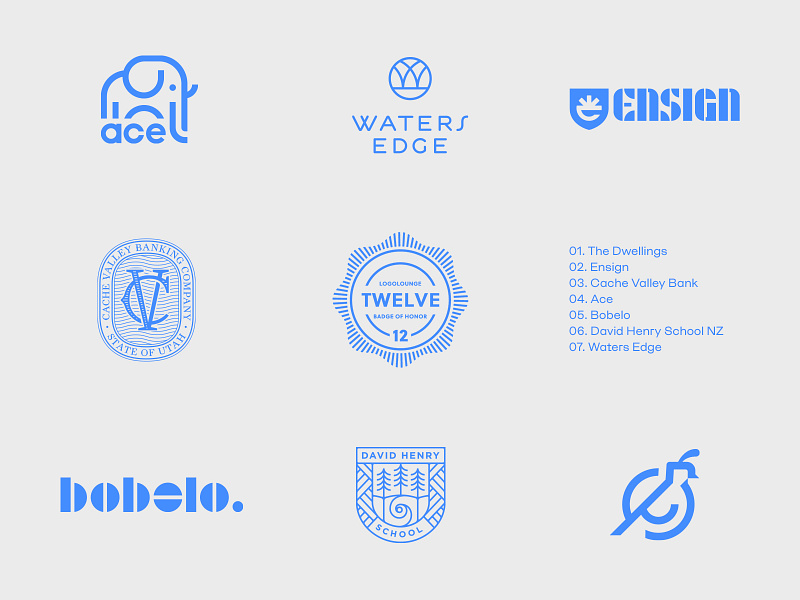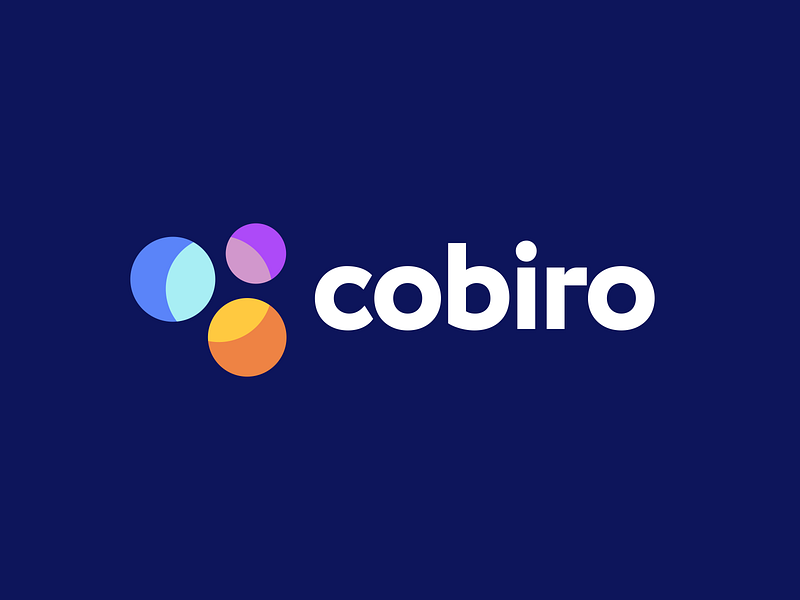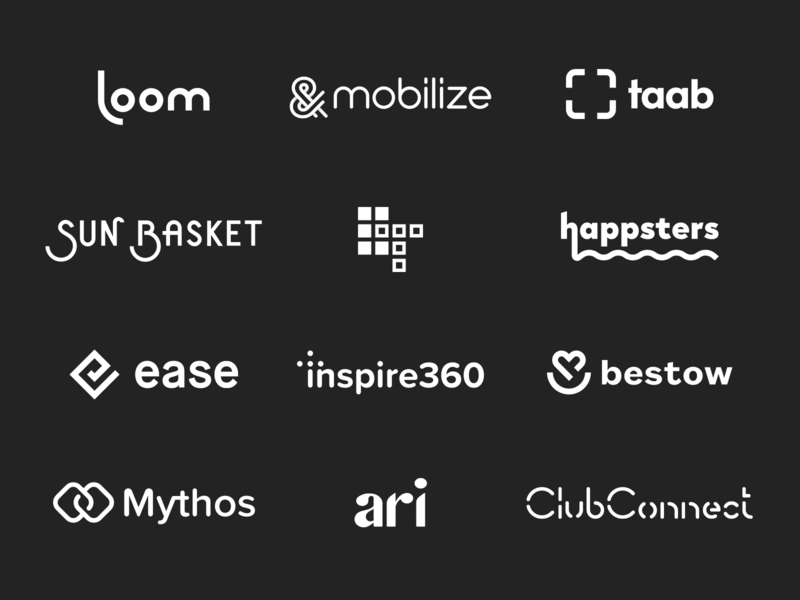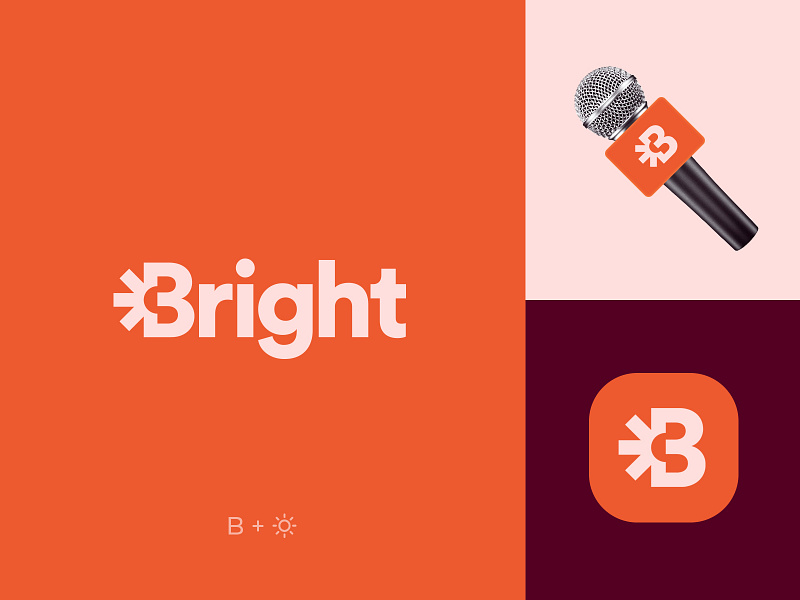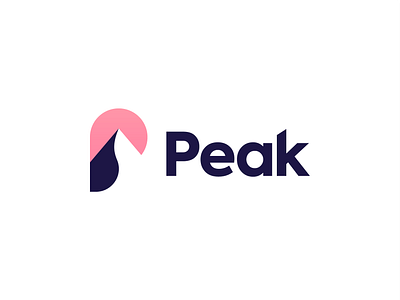Strong typography is one of the most important factors of any successful logo design. Every typeface has its own personality and gives its own impressions. A well-chosen typeface reinforces a brand’s voice and values, while the wrong typeface risks turning away your target audience.
So with literally hundreds of thousands of typefaces to choose from, how do you know which one is right for your logo? In this article, we’ll share six essential tips to help guide your brand’s font selection so you can choose the right typography for your logo. Ready? Let’s go.
Row 1: Scott Biersack, Co-motion Studio, Hrvoje Grubisic.
1. Know The Basics
Before creating a logo that incorporates typography (or is based entirely on typographical forms), it’s important to understand the basics of typography. That means understanding the different kinds of typefaces (serif, sans serif, script, monospace, display, etc.), how typographical scale and hierarchy works, and concepts like kerning and line-height.
If you’re not comfortable designing basic typography, then incorporating typography into logo designs will be challenging. If you’re fairly new to typography, take some time to study how it’s used both in logos and in general content. Break down how it’s used in various settings, which fonts were chosen, their scale, the hierarchy on a given page, and how those things impact your perception of the content.
When you’re ready to dive into using type in your logo design, familiarize yourself with other logos in and outside of your industry and how they’ve incorporated type. Creating a swipe file of your favorites can be a great place to turn to for inspiration when you start designing.
2. Think About Your Audience
Knowing the expectations of your audience is key to creating a wordmark or any other kind of logo. If your audience expects a certain look or feel from your brand (or your industry as a whole), then you’ll need to make sure that any logo you create meets those expectations.
If you’re designing a logo for a new brand, you’ll need to consider what your brand values are and what your ideal audience might expect from a brand with those values. If your brand, for example, is supposed to be on the cutting edge of design, you’ll want to use typefaces that give that impression within your logo (i.e., avoid something traditional like Baskerville or Caslon). However, if your audience is filled with clients from industries with more traditional values (banks, law firms, etc.), a cutting edge logo might not go over as well.
When designing a logo for a rebrand, you’ll need to take extra care not to alienate the existing customer base. There are plenty of well-known cases where a new logo brought about customer backlash (Gap’s logo redesign in 2010 is one of the most infamous, with the company abandoning the new design after only a week). Consider incremental changes rather than a completely new design.
3. Avoid Trends
Logos are meant to stand the test of time. That means you’ll want to avoid trendy typefaces. A typeface that seems cutting edge today risks looking dated in six months to a year, potentially prompting a redesign.
When a wordmark or logotype is designed without regard to trends, it can be used for decades. Consider the Jeep logo. It’s been in use since 1963, and while the icon portion of the logo has changed slightly over the years, the word “Jeep” has remained unchanged. That’s well over 50 years of use!
The exception to avoiding trends in a logo is for those that will only be used temporarily (such as for an event), and when the logo should specifically evoke a point in time. If that’s the case, then feel free to use a trendy typeface that will immediately be recognizable as belonging to a certain era.
4. Simpler is Better
Logos are generally used in a variety of sizes. Because some of those sizes can be quite small, simpler is generally better. You want to create a logo that scales well and can be used wherever it’s needed without having to tweak the design.
That doesn’t necessarily mean your logo has to be minimalist. But using minimalist design principles, such as removing anything unnecessary, is a solid approach to logo design.
When choosing logo typefaces, especially, you’ll want to err on the side of simplicity. Typefaces with a lot of fine details won’t look good at small sizes, or details will be lost.
This also applies to the number of typefaces you might choose to use within your logo. In most cases, you’ll want to pick a single typeface, though if your tagline is also going to be incorporated into the logo, a second typeface often makes sense there. If you do choose more than one typeface for your logo, be sure that you follow typographical principles for combining typefaces.
5. Make It Your Own
There’s nothing that says that typefaces in your logo have to be used exactly as they come. Where logotypes and wordmarks can really stand out is in how the typefaces are tweaked and customized. Overlapping characters, combining styles, removing parts of characters, and the like are all ways to take a commonly seen typeface and make it instantly associated with your brand.
Special characters can be an excellent opportunity to customize the typefaces within your logo. Ampersands can be one of the most creative characters to customize since there are so many variations on the character available. While I previously said to be wary of combining multiple typefaces within a single logo, the ampersand is an exception. As long as you consider the weight and stroke variation, you should feel free to explore ampersands outside of the primary typeface in your logo to find one with the right mood and tone for your logo.
6. Combining Type and Icons
While some logos consist solely of a wordmark, many also incorporate icons. Be sure that the style of your typography matches the style of any icon or other visual element (such as a border or underline) you choose to incorporate into your logo.
If your typeface is a traditional serif (such as Didot or Jenson), make sure that your icons are also more traditional in appearance and styling. The opposite is also true. Make sure that the style of each element of your logo is harmonious ■
![]() About the Author — Cameron Chapman: Editor. Blogger. Author. Designer. Copywriter. Marketer. Entrepreneur. Speaker. Consultant. Coach. I wear a lot of hats. What most of them have in common, though, is storytelling.
About the Author — Cameron Chapman: Editor. Blogger. Author. Designer. Copywriter. Marketer. Entrepreneur. Speaker. Consultant. Coach. I wear a lot of hats. What most of them have in common, though, is storytelling.
Find more Process stories on our blog Courtside. Have a suggestion? Contact stories@dribbble.com.

